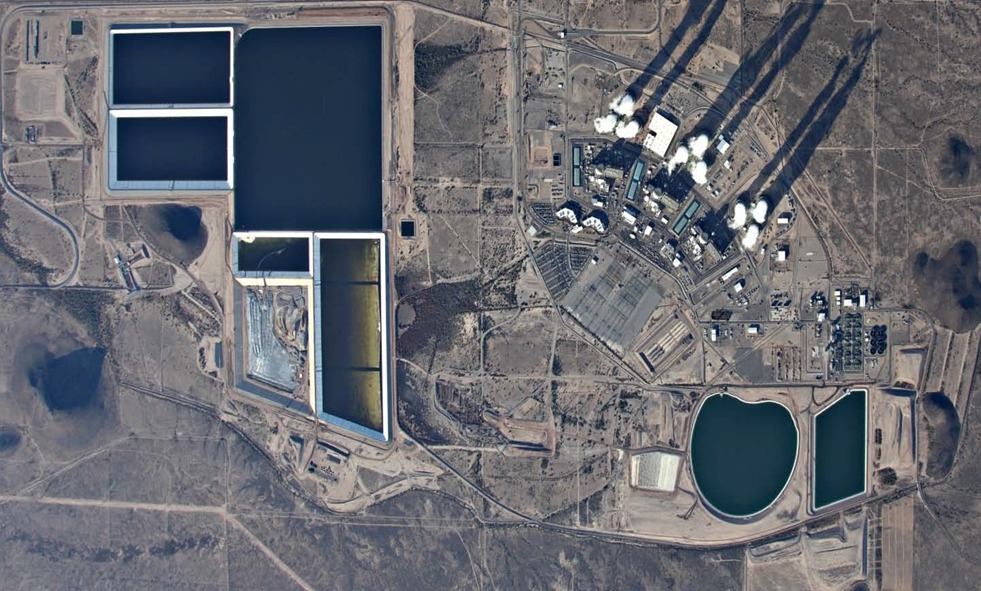In the United States, thermoelectric power plants are collectively the largest users of water, accounting for nearly half of all water withdrawals. As demands for water are projected to grow and more stringent regulations are put in place, power plants will increasingly see water as a key limit on operations. To be sustainable, power plants need new ways to produce power using less water.
Sandia National Laboratories is developing technical breakthroughs towards the implementation of Waterless Power through:
- Dry cooling technology development
- Advanced water recycling
- Water-centric power plant life cycle analysis
Dry Cooling
Dry cooling is an emerging technology that has the potential to more fully enable the waterless production of power in both the eastern and western United States. Dry cooling of thermoelectric power plants is different from traditional wet cooling systems in system design, thermal performance, and cost.
Sandia’s work has identified the sources and sensitivities of the cost differences between dry and wet cooling, and their regional variations. These differences come with trade-offs that must be considered during design and are highly dependent on location. Compared with wet cooling, dry cooling typically has higher operating and capital costs, requires more land, and decreases plant performance. However, dry cooling adds plant siting flexibility, and becomes cost competitive when water prices are higher than approximately $3-$6/kgal– a distinct likelihood in parts of the US in the future. Ongoing work at Sandia is focused on the analysis of the constraints on dry cooling and the implementation of dry, wet, or hybrid cooling for cooling optimization and cost controls.

Sandia Waterless Power Plant Optimization Model_Palo Verde (SWaPPOM_PV)
Sandia’s Waterless Power program is currently funded to help optimize water use at the Palo Verde Power Plant in Arizona. Sandia has developed a coupled water-energy-financial computer model, SWaPPOM_PV to compare cost impacts of “new” water options, such as treatment strategies, use of brackish groundwater, and use of a dry-cooling strategy.
Palo Verde provides the best example of water as a limiter on plant operations in the arid west. Yet the water constraints Palo Verde faces might soon be seen by plants in the wetter east as water supplies decrease and environmental concerns increase. SWaPPOM_PV considers costs of new water saving strategies and their impact on short- and long-term plant operation and revenues. The model is used to quantify plant sustainability under different operational and water treatment/procurement scenarios, based on Sandia’s knowledge of heat transfer/fluid flow dynamics, water treatment chemistry, and dynamic simulation modeling experience.
SWaPPOM_East
Waterless Power in the wetter east means enabling dry cooling, limiting discharge of contaminated water from coal-fired power plants, and decreasing front-end entrainment and back-end thermal pollution from nuclear plants. Sandia aims to build SWaPPOM_EAST, a dynamic simulation model that will allow eastern power plant operators to quantify water-energy tradeoffs specific to the eastern United States.